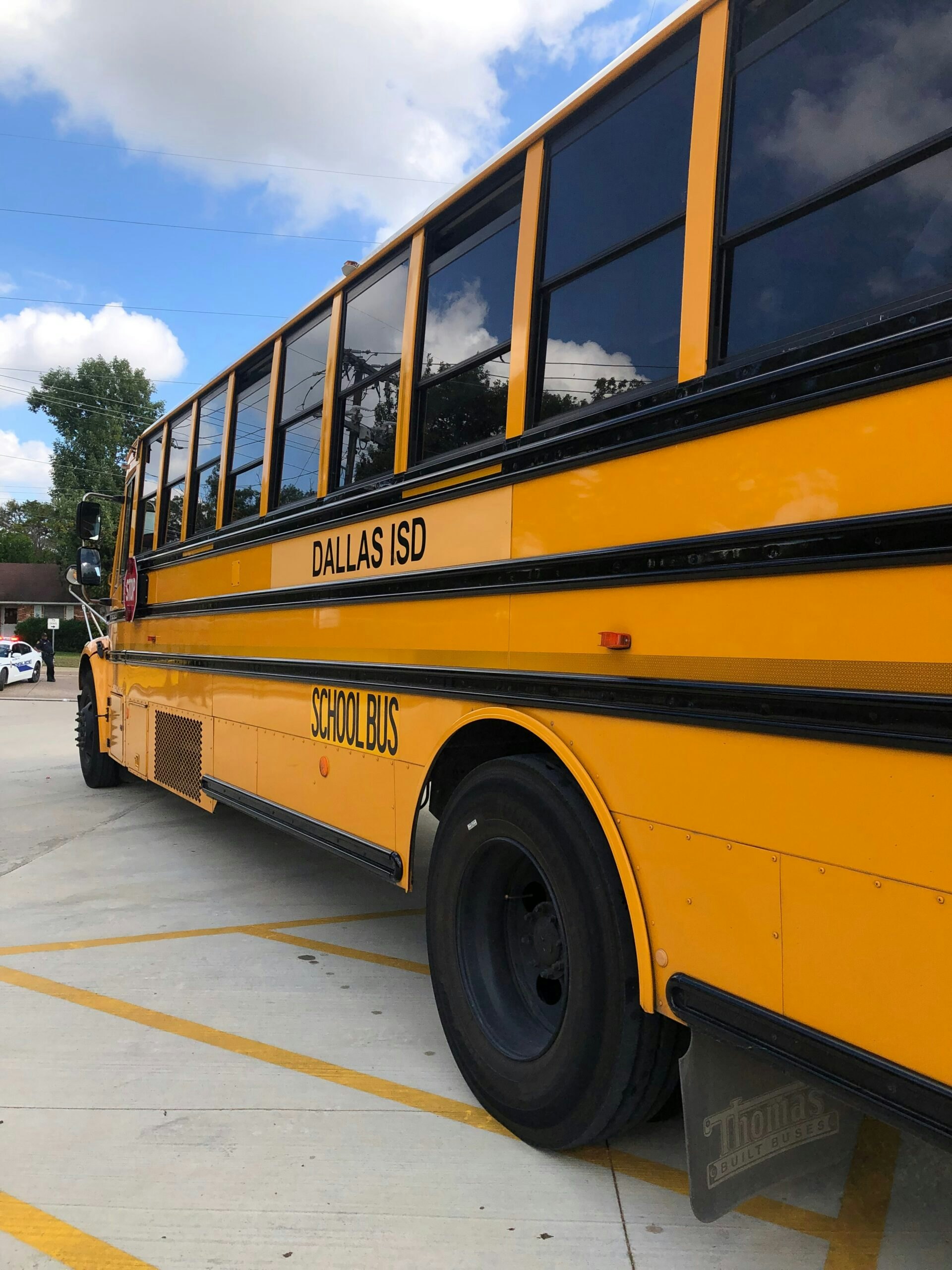In The B.A. Breakthrough: How Ending Diploma Disparities Can Change the Face of America, Richard Whitmire explains why the education conversation now needs to focus on graduating collegians, not just getting them into college.
Jannet Barrera graduated from Texas A&M University in 2016, four years after she completed Dallas’ Sunset High School as her senior class president and with a Gates Millennium Scholarship in hand. That scholarship, one of the most prestigious of all, gave her a full ride to the school of her choice.
She selected A&M and finished there, but the journey was not without its pitfalls. The most immediate one came during her first semester when she was hit with a strong sense of not belonging. The first in her immigrant family to attend college, she described her initial alienation in a series of interviews we did for this Dallas Morning News piece, which followed an earlier one when she graduated from high school.
In short, the smart, determined, and personable collegian did not feel like she belonged among peers who came from more privileged backgrounds, such as the student who sat next to her in a tough course during their freshman year. Jannet passed one of the first tests, but not her seatmate, who nonchalantly let Jannet know her parents would pay for her to retake their class if she kept failing the exams.
Despite not feeling like she belonged alongside such students, Jannet persevered, largely because she had the academic talent and she knew her nieces and nephews back in Dallas looked up to her. She graduated with a degree in community health and headed to graduate school, becoming the first in her family to not only attend college, but complete a degree.
Focusing on finishing college
In his new book, The B.A. Breakthrough: How Ending Diploma Disparities Can Change the Face of America, author Richard Whitmire focuses on the challenge students like Jannet face in completing college. For years, the conversation in education circles has been about getting more first-generation students into college. That goal is certainly important, especially in diverse states like Texas, where such students regularly come from immigrant families.
But Whitmire is right in his thesis: The conversation now needs to include more than just getting students into college. It should focus as well on getting them to finish with a four-year degree, even if that means taking more than four years to earn it.
But Whitmire is right in his thesis: The conversation now needs to include more than just getting students into college. It should focus as well on getting them to finish with a four-year degree, even if that means taking more than four years to earn it.
Let me be clear: Two-year degrees are meaningful. They train students for trade and technical jobs that will provide them a decent wage and good quality-of-life. For some students, two-year degrees also offer the opportunity to go on to a four-year degree.
Still, students from any background, including those who are the first in their families to attend a four-year university, will have greater opportunities as they move through life with a college degree in hand. Money is by no means the sole determinant of success. But, as Whitmire explains, those who graduate with a four-year degree are the most likely to break out of the inter-generational cycle of poverty. He emphasizes that students who come from families in the lowest fifth of income distribution quadruple their chances of making it into the top- income quartile by earning a college degree.
But, as Whitmire explains, those who graduate with a four-year degree are the most likely to break out of the inter-generational cycle of poverty. He emphasizes that students who come from families in the lowest fifth of income distribution quadruple their chances of making it into the top- income quartile by earning a college degree.
Strategies that lead to graduation
The three-leg strategy that Whitmire reports as being crucial to addressing the completion challenge involves:
*Charter school networks advancing new, successful strategies that help first-generation students from low-income families enter and complete college;
*High schools and nonprofits providing data-based college counseling for all students; and
*Colleges realizing they must do far more to help this population of students earn a degree.
The B.A. Breakthrough, which is published by The 74 (an education site that has published George W. Bush Institute school accountability essays), starts with the story of a KIPP charter school in Gaston, North Carolina. KIPP Gaston Prep began in 2001 under Teach for America graduates Tammi Sutton and Caleb Dolan.
The rural, poor community the school serves did not have a pipeline to college. As Whitmire writes, these were “…students who without fierce interventions would have limited college options.”
Thanks to the strategies the school employed, the six-year college graduation rate for 2011 KIPP Gaston graduates was 61 percent. That completion rate trumps the 11 percent national college graduation rate for students from similarly low-income backgrounds. What’s more, it beats the 58 percent six-year college completion rate for students from the highest-income quartile nationwide.
The strategies Sutton and Dolan use include longer school days, Saturday tutoring sessions, and developing writing skills. They also make college signing day a celebration equivalent to the raucous cheers that star high school athletes receive when signing on as a recruit. Whitmire devotes a chapter alone to how KIPP Gaston celebrates its students signing up for college. (The school routinely sees all of its graduates get accepted into college.)
We also learn in this book how such charter operators as the IDEA Public Charter Schools in South Texas succeed in getting their students into and out of college. According to Whitmire, 100 percent of IDEA graduates over the last dozen years have gotten into college. And 44 percent of them finished college in six years, which is the accepted metric for assessing graduation rates. That’s lower than the KIPP Gaston rate, but it also beats the national rate for students from low-income families.
Part of IDEA’s secret sauce is providing counselors who match students with a school where they are likely to graduate. For some, that means well-known schools like the University of Texas at Austin, as well as MIT and Ivy League schools. For other IDEA graduates, it means attending the University of Texas-Rio Grande Valley, which allows IDEA graduates to stay at home, cut down on costs, and defuse the tension some students face as their families don’t want them to move away.
Forty percent of UT-Rio Grande’s freshmen graduate in six years, which is not necessarily a great rate. But that figure doubles the six-year graduation rate of most commuter schools, reports Whitmire. And IDEA keeps two counselors on the university’s campus to help its graduates make their way through college.
Throughout The B.A. Breakthrough, Whitmire reports on the key role counselors play in getting students into and out of college. Or to put it more realistically: The key role they should play. Astoundingly, the national student-to-counselor ratio is 482-1 in high schools.
This reality brings to mind what a former Texas education commissioner once told me: If he had all the money to invest, he would spend it on hiring more high school counselors. If they have the time and training, they can help students find the college that is the best fit for them — and that will most likely help them graduate from college.
To make the best match, counselors need data. Part of one chapter is devoted to a data tool that KIPP uses to match students with a college where they are likely to graduate.
Unfortunately, some schools lack any counselor, which is why Bloomberg Philanthropies offers free college counseling to students in those schools. And, as this book details, nonprofits such as the College Advising Corps place young, trained counselors in high schools across the country. As of 2018, the effort had placed 700 advisers in 15 states.
Finally, colleges themselves need to concentrate more on helping students like Jannet Barrera make it to graduation. Her university, fortunately, worked strategically with such students, and Whitmire details how the University of Texas at Austin and other schools likewise create a sense of community.
What’s more, some schools largely serve students who are the first-generation in their family to attend college. The B.A. Breakthrough profiles Georgia State University as an example. The Atlanta-based school has drawn national attention for using data to track its students to ensure they keep progressing. He also highlights how schools like Franklin & Marshall University have intentionally increased enrollment of first-generation students. (The University of North Texas at Dallas is another example, although the relatively new university is not covered in the book.)
Important lessons are to be drawn from their strategies, which are opening doors for students whose talents may otherwise go undeveloped. As they enter the American mainstream, those same students will become America’s next teachers, scientists, and leaders.
There also is a straight-up economic reason to graduate more first-generation students: The economic growth of states like Texas depend upon educating their native workforce. They can’t sustain their economy simply by importing educated workers from other states.
Ending diploma disparities undoubtedly will change the face of America. But it also will pay a large economic dividend.




























